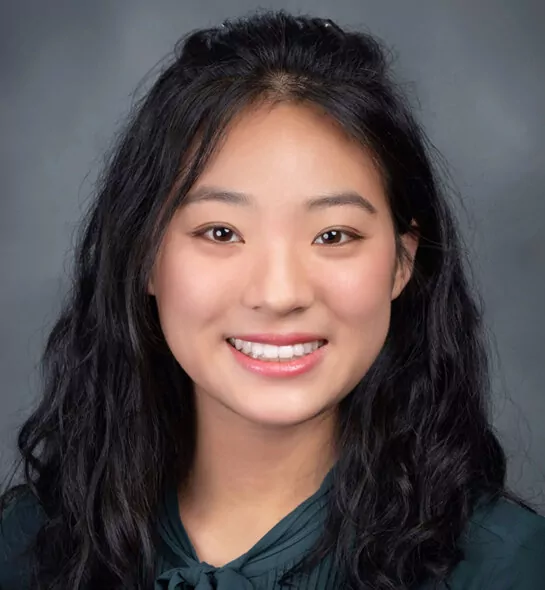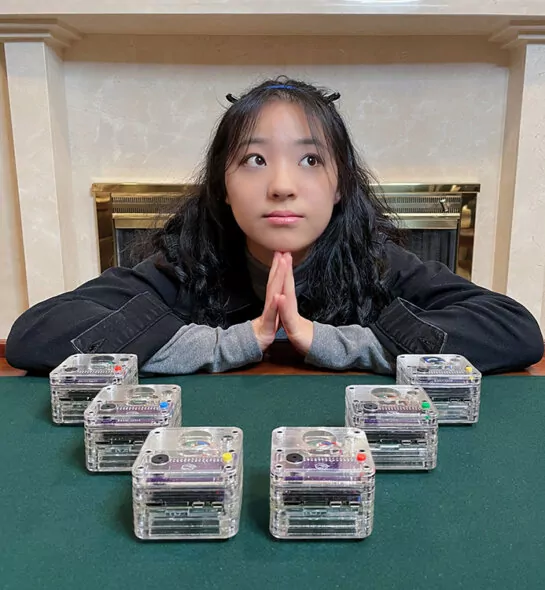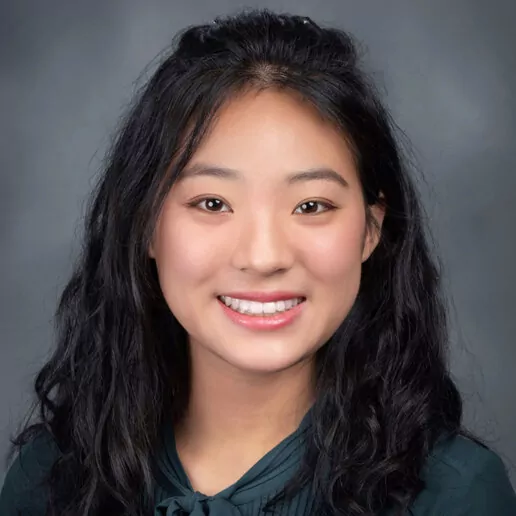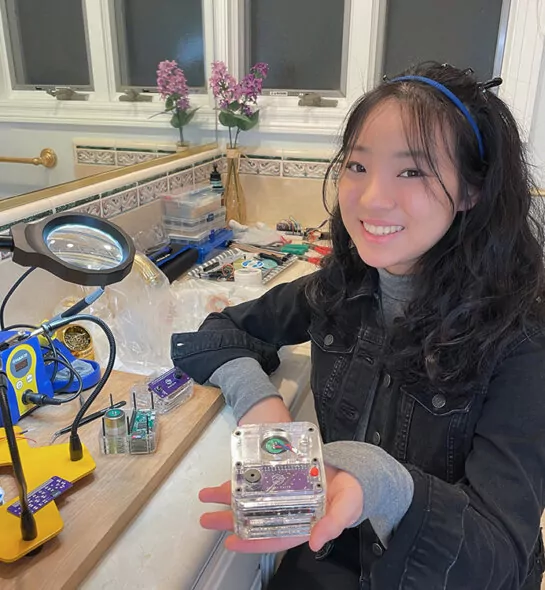Deeper Dive
The natural disaster that causes the most deaths around the world is earthquakes. They are an important issue close to my heart; I grew up with every SoCal quake reminding us of the looming “Big One”. After the start of the pandemic, I read in a Science article that the world’s seismic activity had quieted due to the lockdown. I was intrigued by the idea that changes in human activity, and other minute ground motions, could be detected from anywhere. Could I measure it from my own room? Could I make a detector that warns me of incoming earthquakes? Building something like that could save lives and reduce the heavy damages associated with earthquakes.
Of course, I faced many challenges, taking on a project with little idea of what I was doing. The trick, luckily, was that I just had to go for it. I learned necessary skills, like hand-soldering miniscule parts mostly by trying, messing up, and trying again. Numerous cycles of Googling and trial and error helped smooth out software bugs. The design of what ended up being the Qube (quake + cube) went through several stages of evolution. Then, scaling up from one Qube to a network of Qubes was a whole new ball game. For example, only after painstakingly replicating many Qubes did I realize the need to differentiate them, so I added unique serial numbers and network IDs. I also spent days just on determining the time difference between different Qubes and syncing their clocks. And due to COVID-19, I couldn’t work in labs with good, proper equipment, but I’m pretty happy with what I managed to put together at home, like the cheap laser machine I found on eBay and a makeshift soldering setup in my bathroom. I’m incredibly lucky and grateful for my mentors, family, and friends, who gave me immense encouragement and support to strive further in my research and go for things, especially the ones I thought were far beyond reach. In particular, Professor Rob Clayton at the Caltech Seismological Laboratory really helped me improve the Qube, build the Qube Network, and get published.
The Qube has the potential to become a standard household safety item, like smoke detectors but for earthquakes. Earthquakes are a major global problem, not only causing the most fatalities among all natural disasters, but also hurting and displacing millions of lives, and generating hundreds of billions of dollars in damages. Mass adoption of the Qube could create dense seismic networks not available to seismologists and earthquake early warning (EEW) today. The low- cost nature of a Qube network could provide less-developed countries and communities with EEW capabilities, of which they are in great need but cannot afford today. In addition, as both a low-cost, convenient seismometer and as a mini seismic network, the Qube could be used in educational demos of seismology and earthquake detection and warning.



